

| Completion Year | 2022 |
| Number of Storeys | 1 |
| Internal Floor Area (IFA) (sqm) | 269 |
| Type | Institutional |
| Project Developer / Owner | The Chinese University of Hong Kong |
| Project Manager | Campus Development Office, The Chinese University of Hong Kong |
| Architect | Campus Development Office, The Chinese University of Hong Kong |
| M&E Engineer | Campus Development Office, The Chinese University of Hong Kong |
| Main Contractor | Chiu Lee Construction Limited |
| Quantity Surveyor | Campus Development Office, The Chinese University of Hong Kong |
| Property Manager | Estate Management Office, The Chinese University of Hong Kong |
The fitting-out works on the 9th floor of Yasumoto International Academic Park mark the first smart office renovation of its kind at The Chinese University of Hong Kong (CUHK). The project transformed two separate office units into a single, flexible open-plan workspace. Painted with the colour palette of the United Nations’ 17 Sustainable Development Goals (SDGs), the newly renovated space is home to over 30 members of staff of the Social Responsibility and Sustainable Development Office (SRSDO).
As a socially responsible university, CUHK is committed to advancing the SDGs to create an inclusive, healthy and sustainable campus, and this renovation project is a testament to these values. The SRSDO office design is agile and dynamic, featuring a co-working space that provides maximum flexibility and new opportunities for sociability and collaboration. Sustainability was a key consideration throughout the renovation process, and a range of smart office design features were included, promoting efficiency and productivity.
The project unlocks revolutionary space design opportunities for other university departments and units to follow.


Safety management plan has been developed and implemented during the project construction.
Construction air and noise mitigation measures have been carried out. No written compliant has been received during construction period.
Waste management plan has been developed and implemented during the project construction. 32.4% of construction wastes have been recycled.
Construction IAQ management plan has been developed and implemented during the project construction. IAQ certification report showing “Excellent” class is achieved.


The building user guide is provided to the user and regular updates of the guide is maintained.








Home to over 30,000 students and staff, CUHK has the largest campus in Hong Kong, covering a total of 138 hectares. With the rapid expansion of the university community, however, CUHK faces demanding challenges when it comes to space allocation. There is a real and urgent need to maximize campus space efficiency. Multiple approaches have been experimented with to optimize space, including leveraging shared facilities, introducing adaptable furniture, expanding beyond cubicle seating, and improving connectivity and equipment.
To accelerate CUHK’s transformation into a sustainable campus, SRSDO took the lead in undertaking a radical workplace makeover in 2022. As the pioneer of the campus’s smart office design, the project redefines what it means to be a workplace. Space shortage is addressed through smart space solutions, such as flexible and mixed-use space, hot-desking, open-plan areas for collaborative working, and private meeting (or ‘quiet’) areas, many of which were first deployed at CUHK.
A smart workspace should be versatile and adaptable to user needs. Besides a flexible open-plan working area, the Café and Lounge areas of the office are furnished with comfortable seats and digital displays, serving as social connectors for coffee meetings and breaks, team lunches and collaborative work. The Lookout offers a breathtaking view of Tolo Harbour, nurturing an ambience where colleagues can clear their minds and gather their thoughts. The Niche, a semi-enclosed space with booth seating and a digital display panel, is the perfect place to create a good vibe and foster creativity and interaction. For larger team meetings and activities, the Hub is a multipurpose area equipped with movable partitions and a foldable ping-pong table that doubles as a desk well-suited for brainstorming and presentations.
Upholding the principle of sustainability, the project places great emphasis on minimizing the environmental impact and promoting recycling. The office design has carefully considered the use of materials and the reuse of furniture and appliances, both to minimize wastage and to lower carbon emissions. Collection spots for recyclables are set up throughout the office, facilitating the habit of daily recycling.
As evidenced by the office’s name, the glittering workspace demonstrates the watchword ‘social responsibility’ in every part of the design details. First, the office is completely barrier-free, with a flat floor surface and sockets and data outlets off the floor, resulting in greater accessibility than in the traditional office. Health, wellness and resilience also emerge as some of the distinctive design themes. Dedicated fitness spaces for boxing, yoga, stationary bikes and table tennis allow staff to take time off and unwind in the middle of work.
A happy workplace keeps staff happier, healthier and more productive. This success story of the innovative use of limited space will hopefully serve as a showcase in smart space planning and management, and encourage others to follow.
Green Products Adopted From Eco-Product Directory:
1) Company: Innogreen
2) Company: Palmax (Pacific Asia) Limited
3) Company: JEC
Other Green products:
1) Product: Emulsion paint
2) Product: dry wall
3) Product: Bamboo panels and veneers
| Completion Year | 2022 |
| Number of Storeys | 1 |
| Internal Floor Area (IFA) (sqm) | 269 |
| Type | Institutional |
| Project Developer / Owner | The Chinese University of Hong Kong |
| Project Manager | Campus Development Office, The Chinese University of Hong Kong |
| Architect | Campus Development Office, The Chinese University of Hong Kong |
| M&E Engineer | Campus Development Office, The Chinese University of Hong Kong |
| Main Contractor | Chiu Lee Construction Limited |
| Quantity Surveyor | Campus Development Office, The Chinese University of Hong Kong |
| Property Manager | Estate Management Office, The Chinese University of Hong Kong |